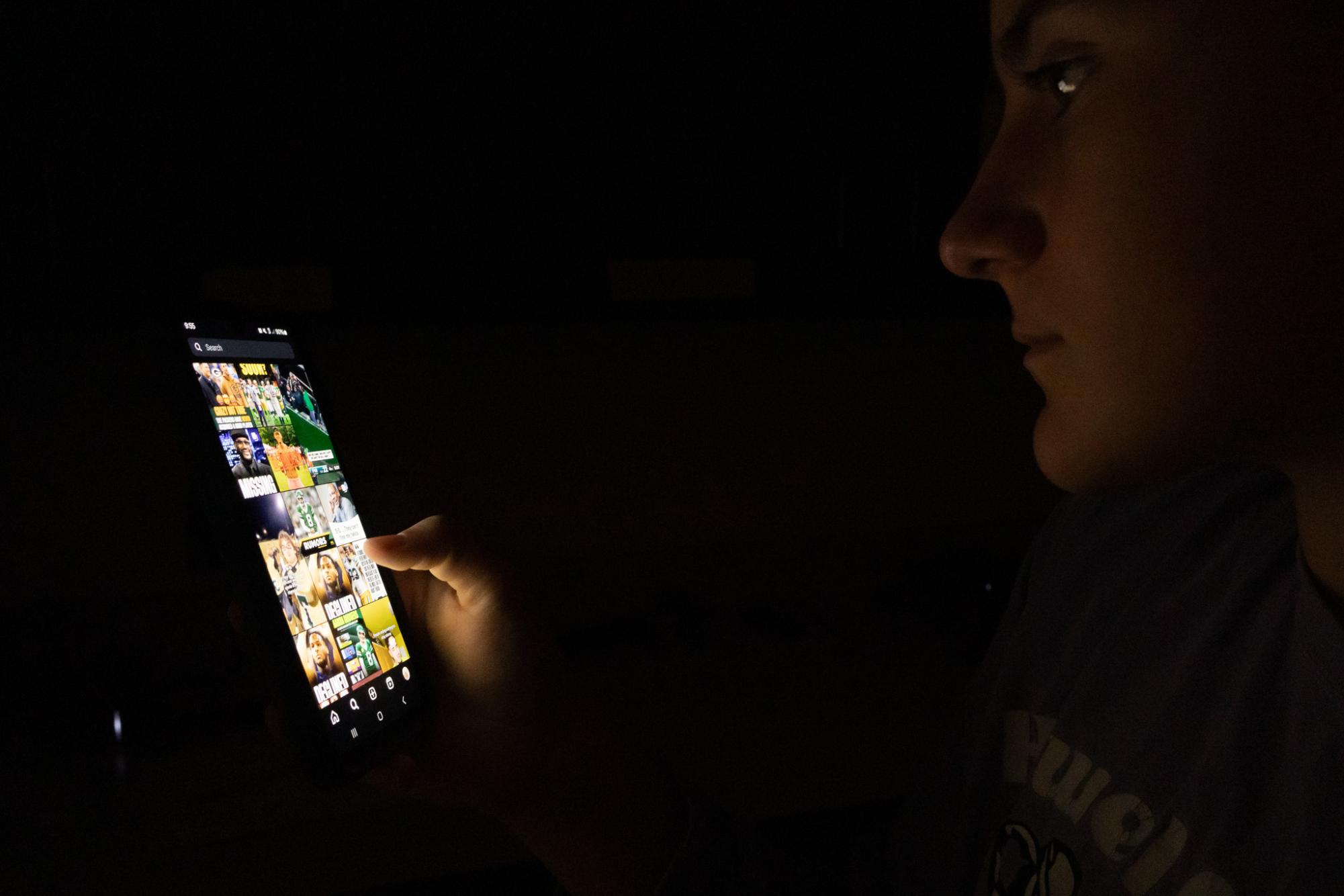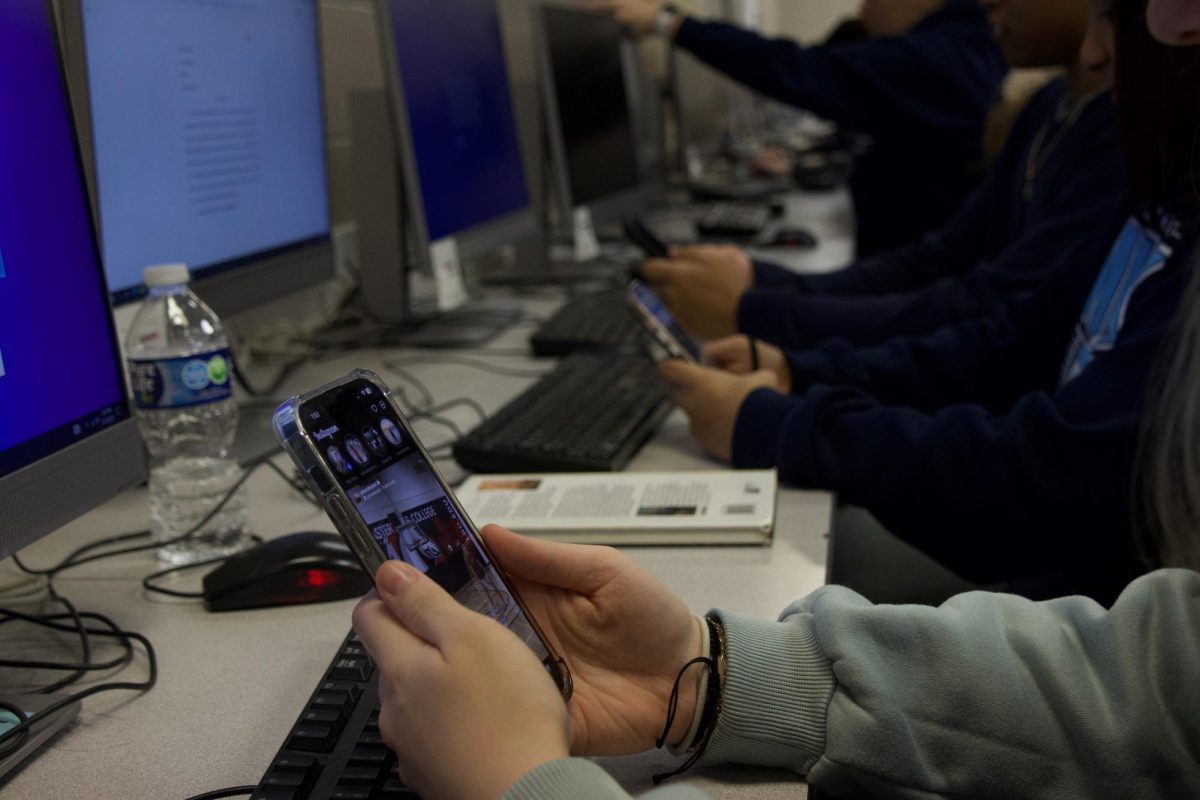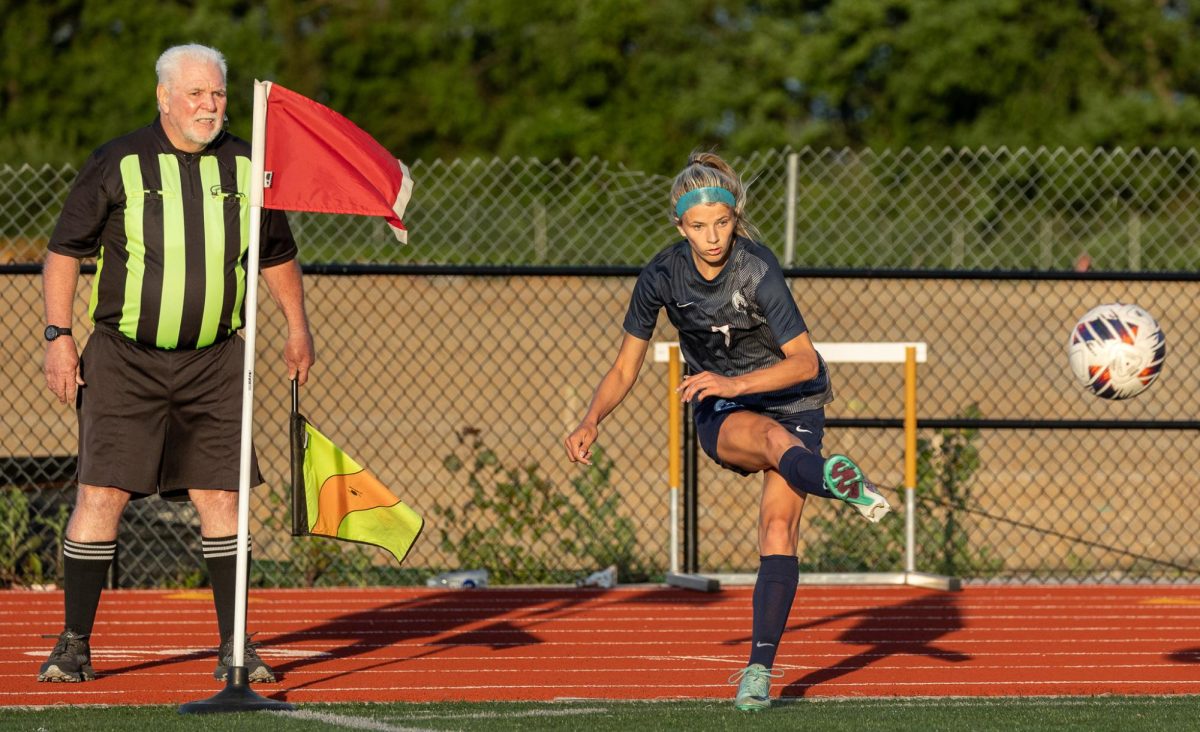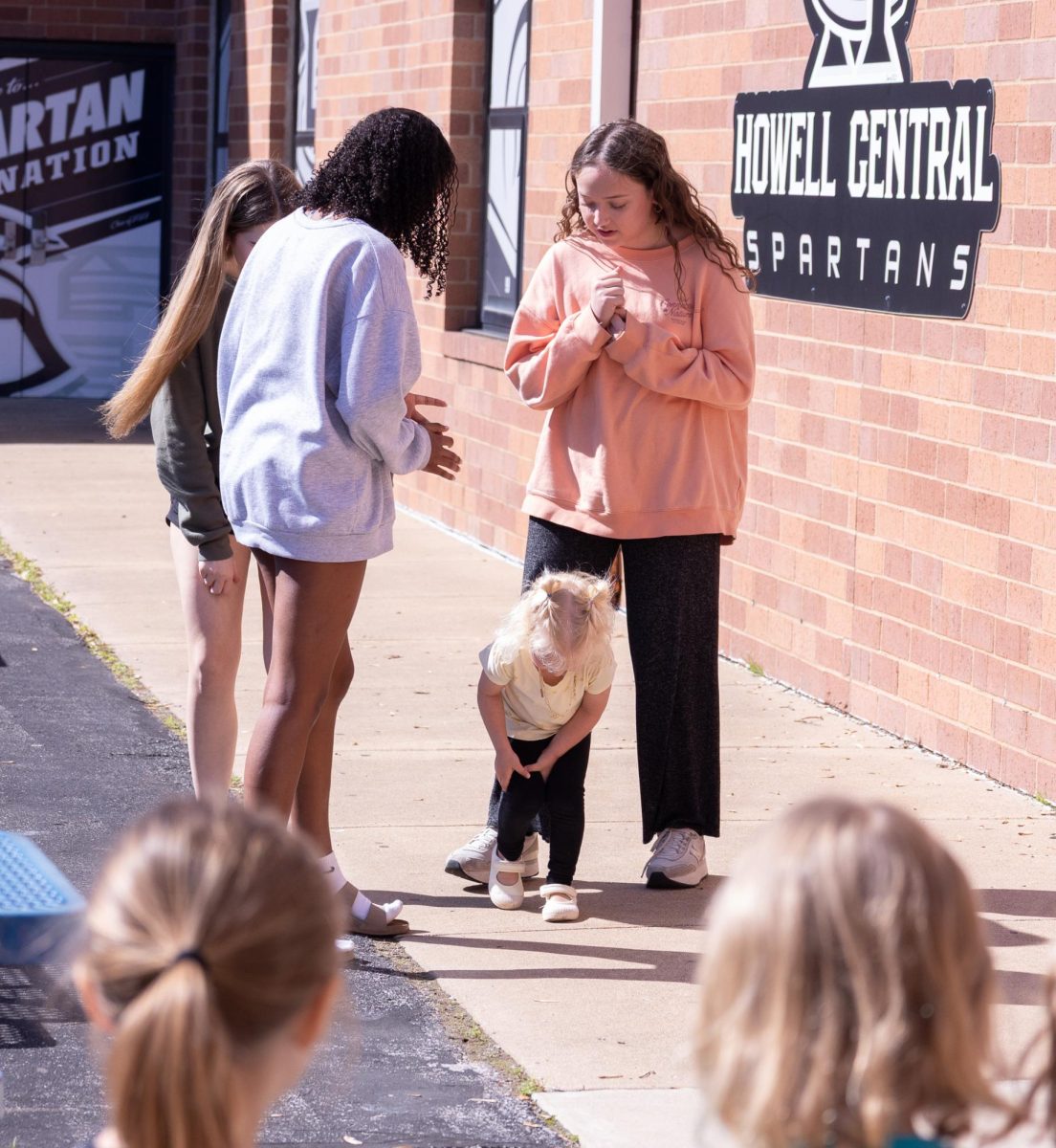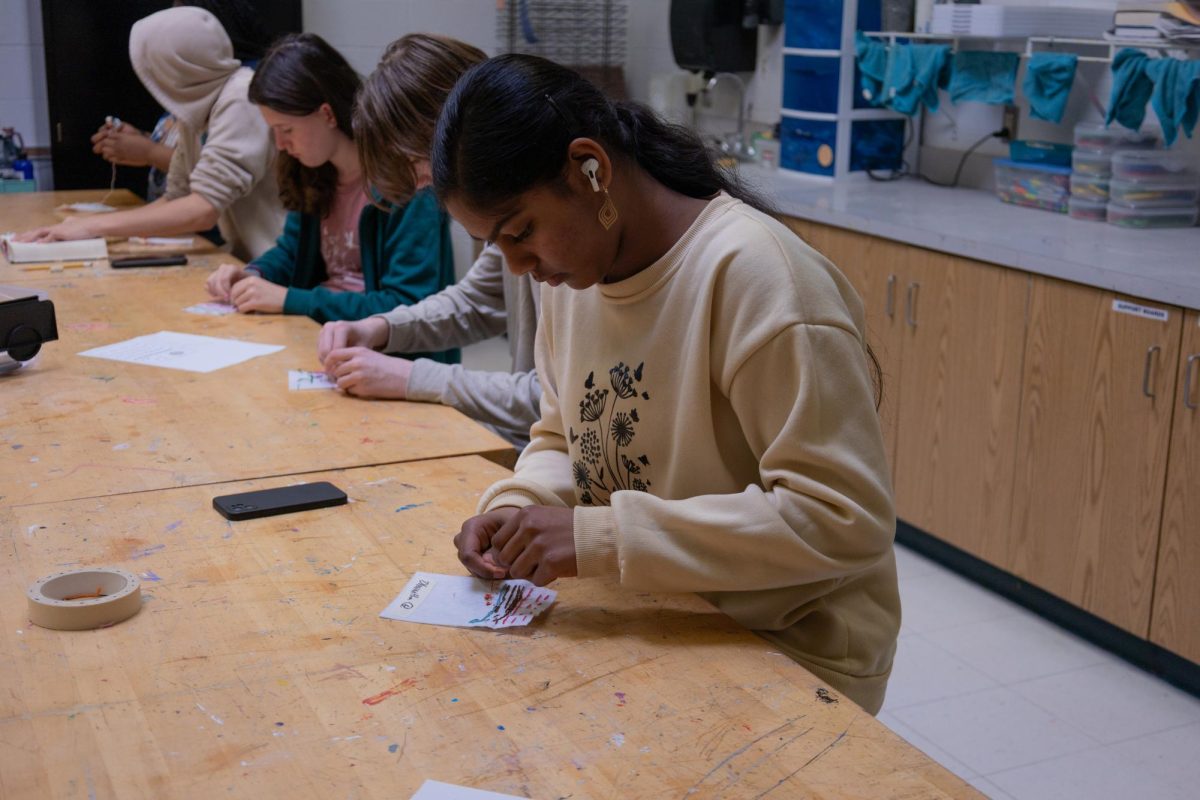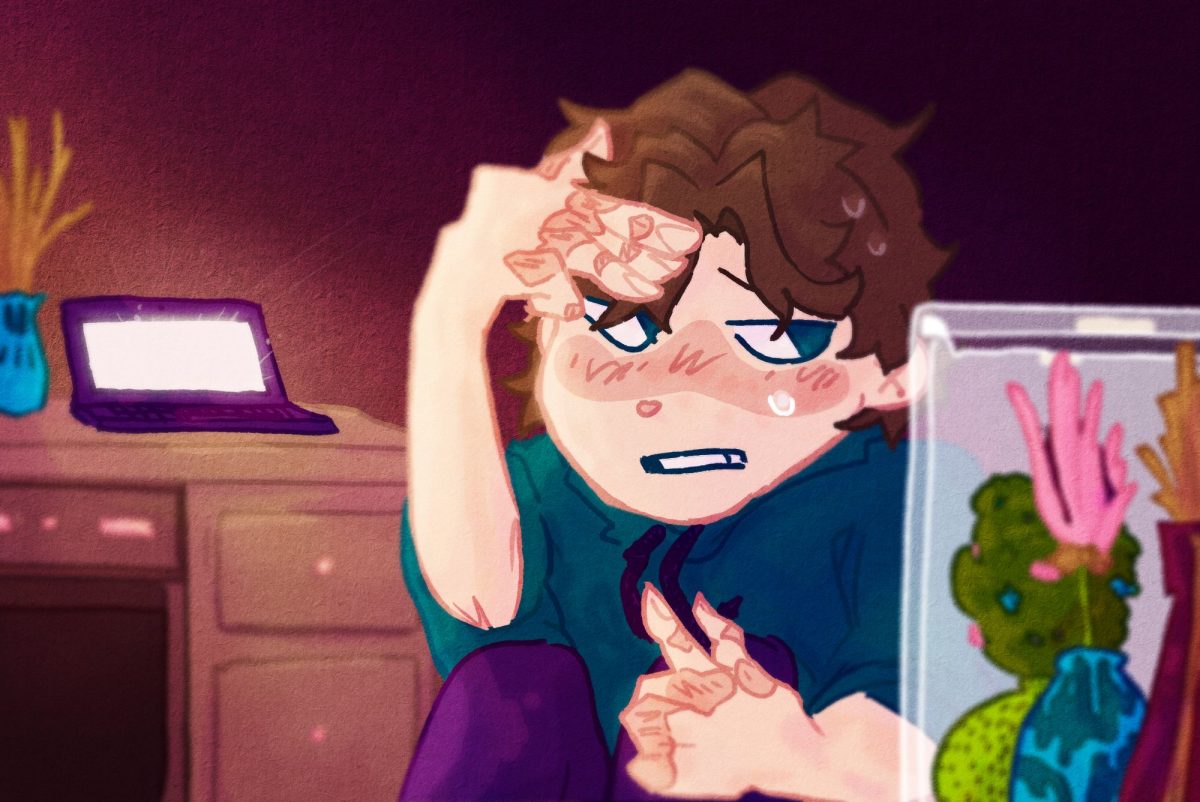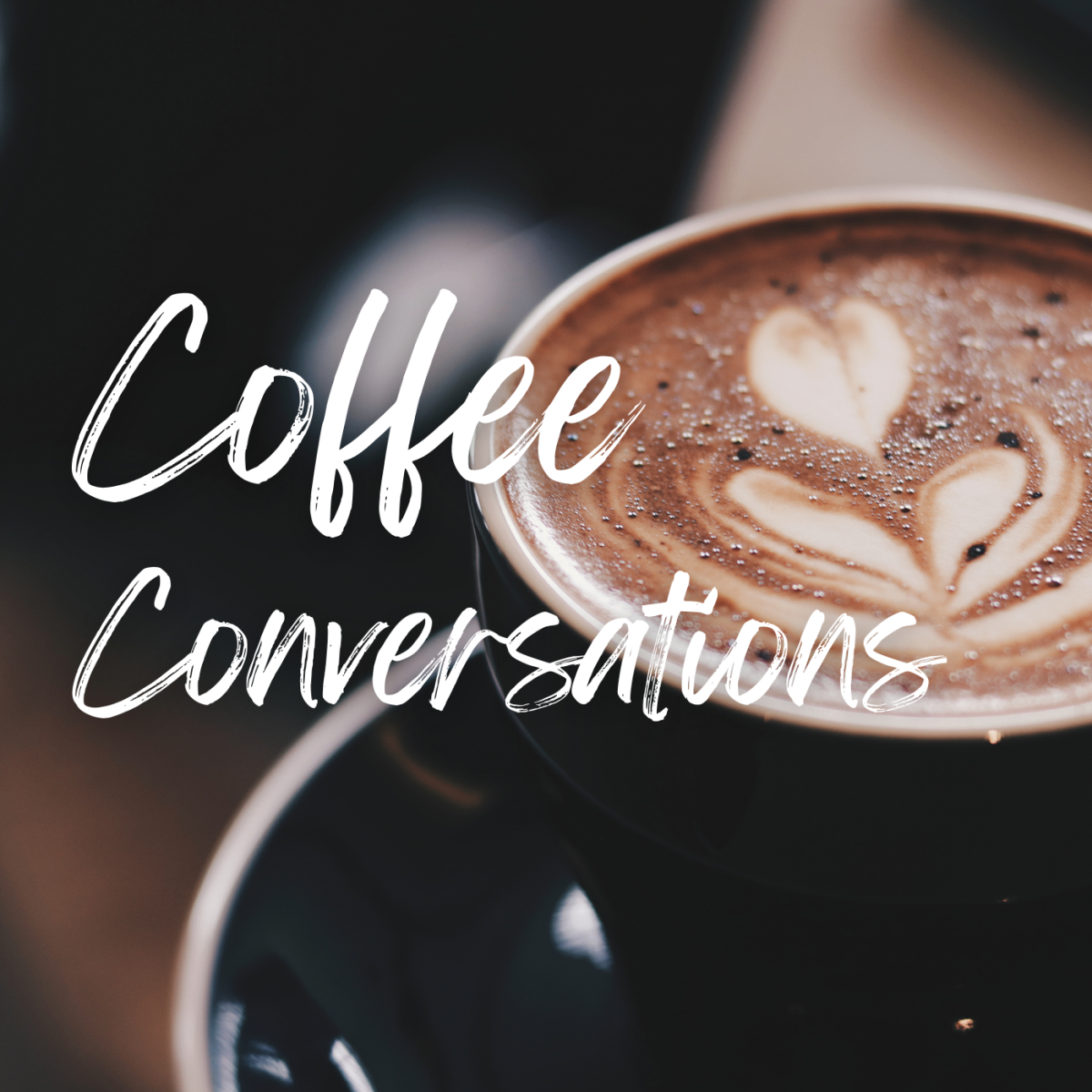Between TikTok, Instagram, YouTube and any other social media platform, there are all kinds of online options to occupy time. While these platforms do succeed in the intention of their creation, connection across distances, their use has extended far beyond this. Options have expanded from just communicating with friends to endless content to scroll through, spanning from news and education to mindless entertainment. While this allows for positive connection and interactment, there is also room for negatives.
Many students, like senior Nathan McCann, see the intersection between the positives and negatives. With the scope of social media today, the pros and cons can become tangled together. McCann understands that while there are worthwhile aspects of platforms like Instagram and TikTok, like the ability to connect, this can quickly turn sour when in combination with the downsides, like the addictiveness.
“You just kind of grow [to depend] on it,” McCann said. “Your whole personality can start to revolve around what’s going on on there, and how you connect with people.”
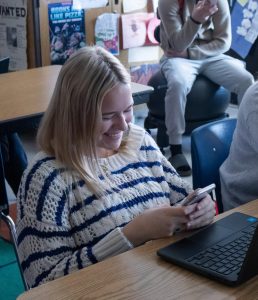
While “addictive” may come off as a harsh label, this is what many use to describe their feelings for social media. Junior Adeline Law finds this label to be exactly right.
“It’s a mechanism,” Law said. “Your brain likes dopamine, so whenever you scroll, you’re in search of the next thing that’s gonna catch your interest and give you that dopamine. It’s basically a drug, you’re addicted to it.”
Despite her recognition of the dangers of social media, Law still uses the platforms and sees the good that stands apart.
“I think it is a great way to spread awareness. I think it’s really helpful to connect with people and communicate,” Law said.
With the rise of social media, it’s easy to focus on all the positive aspects or all the negatives, but the reality is that both exist together.




